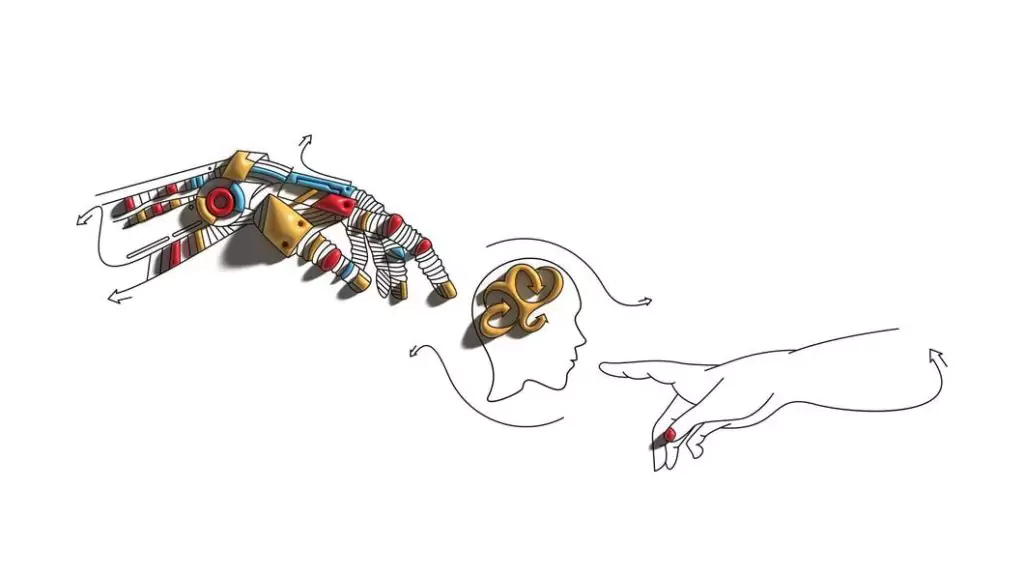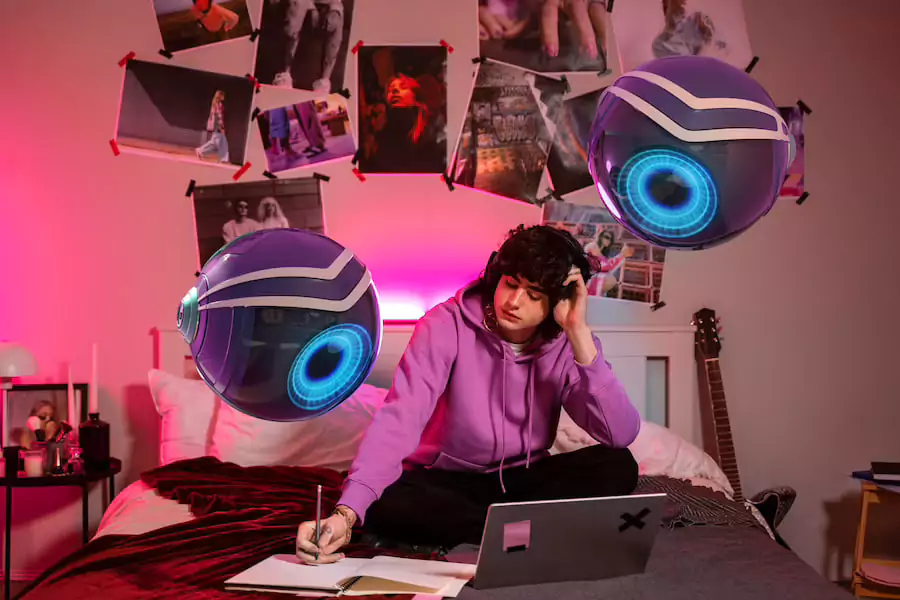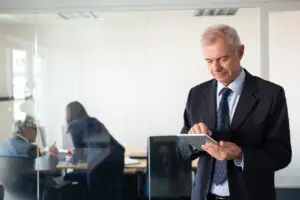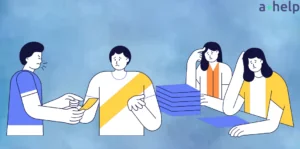In the rapidly evolving landscape of technology and art, a crucial question has emerged: Can artificial intelligence (AI) and creativity harmoniously coexist? This question, while seemingly simple, bears significant implications for the future of art, culture, and writing. The advent of AI in creative fields has sparked concerns about job losses, cultural shifts, and the very definition of creativity itself.

✅ AI Essay Writer ✅ AI Detector ✅ Plagchecker ✅ Paraphraser
✅ Summarizer ✅ Citation Generator

Professors Jacob Foster and Danny Snelson of UCLA are diving into this pressing issue, driven by the urgency to understand, and potentially shape, the evolving relationship between AI and human creativity. Their exploration sheds light on both the potential and the pitfalls of intertwining technology with creativity, offering crucial insights into an issue that stands to redefine our creative future.
Key Takeaways:
- AI and creativity are transforming art, culture, and writing. UCLA’s Professors Foster and Snelson explore this shift.
- AI’s rapid development poses new challenges. Concerns include societal biases and job losses, demanding careful regulation.
- AI can reshape creativity. It reveals patterns in writing and generates novel work, acting as a creative partner.
- We must embrace AI in our evolving tech world. Foster and Snelson suggest that human-AI collaboration can spark innovation and redefine creativity.
The Implication of AI in Creative Fields
In the heart of the creative world, UCLA professors Jacob Foster and Danny Snelson grapple with a pressing question: Can artificial intelligence (AI) and creativity coexist? The answer could redefine the landscape of art, culture, and writing.
With AI increasingly being used in creative sectors, such as TV and movie scriptwriting, the Writers Guild of America has demanded regulation of its use. The potential for creative labor, once thought to be uniquely human, to be outsourced to machines has raised both concerns and possibilities in the artistic world.
Foster, a computational social scientist, and Snelson, an English assistant professor, explore this complex issue, discussing AI’s role in university teaching, its capacity for creativity, and the potential societal impact of rapid technological development.
AI’s Capabilities and Challenges
“While AI’s influence is undeniable, its true capabilities and potential effects remain shrouded in mystery,” Foster said. He warns that the rapid pace of AI development could outstrip our ability to fully understand it, leading to unforeseen consequences, including the exacerbation of societal biases. “Until I explicitly told it that the expert on creativity had to be a woman, it always came up with a story about a singular male genius interacting with a female muse,” Foster highlighted, pointing to an instance where a gender bias manifested in an AI-generated play.
Despite these concerns, both Foster and Snelson see potential for AI to transform our understanding of creativity. “These systems reveal just how formally consistent most writing is,” Snelson said, suggesting that AI, with its data analysis and automation capabilities, can reveal this consistency, potentially pushing us to transform our forms.
Challenging the notion that AI isn’t creative, Foster argued, “Humans do that, too — look at many of the papers produced by students or academics!” He posits that AI, like humans, generates interesting, novel things by piecing together existing elements.
Embracing AI in the Creative World
As AI continues to evolve and its role in areas such as visual arts, music composition, poetry generation, and design grows, it is clear that it is leaving an indelible mark on the creative world. But will this mark enhance human creativity or undermine it?

In the end, Foster and Snelson encourage embracing AI as part of our rapidly changing technological environment. “Experimenting and playing with them will prepare students, hopefully, to think critically in a technological environment that’s always changing and shifting,” Snelson said, suggesting that collaboration between humans and AI could potentially foster innovation and redefine creativity.
So, can artificial intelligence and creativity coexist? The answer is still unfolding, but one thing is certain – this coexistence could redefine the future of creativity, artistic expression, and innovation.
UCLA professors Jacob Foster and Danny Snelson tackle the complex relationship between artificial intelligence and creativity. Despite concerns about job losses and societal impacts, they see potential for AI to transform our understanding of creativity and artistic expression. As AI continues to evolve, the question remains: Can AI and creativity truly coexist, and what will this coexistence look like in the future?
FAQ
What is the relationship between artificial intelligence and creativity?
Artificial intelligence (AI) and creativity coexist in a dynamic relationship. AI, using data analysis and automation, can identify patterns and regularities in creativity, fostering new ways of artistic expression and innovation.
How does artificial intelligence foster creativity?
AI fosters creativity by offering new ways to problem-solve and innovate. As Snelson and Foster suggest, AI can reveal formal consistencies in writing, pushing us to transform our creative forms. In this way, AI becomes a collaborator in the creative process.
Can artificial intelligence be creative on its own?
Yes, AI can exhibit a form of creativity known as computational creativity. AI can generate interesting, novel things by piecing together existing elements, much like human creativity. This demonstrates that AI has the potential to be creative on its own.
How do machine learning algorithms contribute to creativity?
Machine learning algorithms contribute to creativity by analyzing and learning from existing data, enabling AI to generate new, innovative outputs. These algorithms are at the heart of AI’s ability to participate in creative tasks, from visual arts and music composition to poetry generation and design.
What are some examples of artistic expression driven by artificial intelligence?
AI has been used in a variety of artistic expressions. For instance, AI algorithms have created visual arts, composed music, generated poetry, and even designed products. These forms of artistic expression demonstrate the potential for AI to contribute to, and even redefine, the creative process.
Related stories:
5 Movies to Boost Your Creativity
The Effects of Meditation on Creativity
Education and Tech Giants Join Forces to Reshape the Future of Learning
Follow us on Reddit for more insights and updates.





Comments (0)
Welcome to A*Help comments!
We’re all about debate and discussion at A*Help.
We value the diverse opinions of users, so you may find points of view that you don’t agree with. And that’s cool. However, there are certain things we’re not OK with: attempts to manipulate our data in any way, for example, or the posting of discriminative, offensive, hateful, or disparaging material.